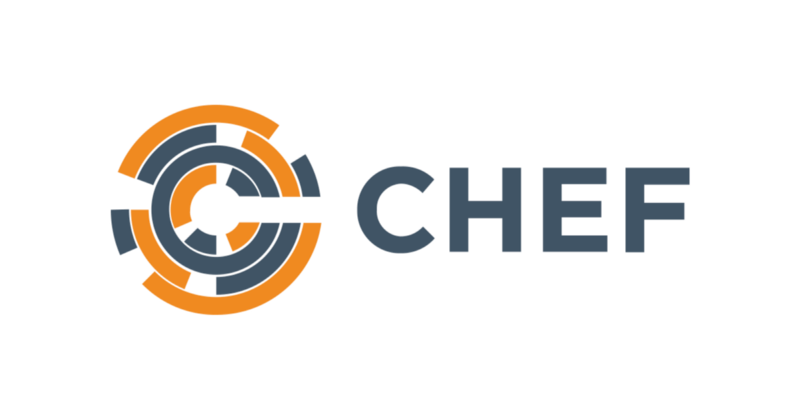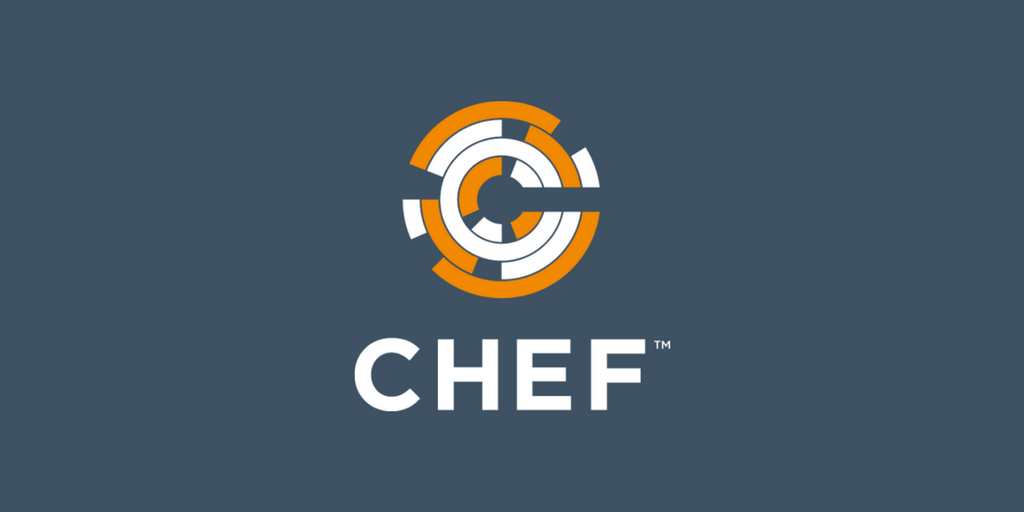What is Chef Compliance?

Chef Compliance is a component of Chef, an automation platform used for configuration management, application deployment, and infrastructure as code (IaC). Chef Compliance is specifically designed to automate compliance and security checks across an organization’s infrastructure. It allows organizations to define and enforce security policies, audit system configurations, and ensure compliance with various industry standards and regulations.
Chef Compliance operates by defining compliance profiles that specify the desired state of systems and the rules that must be followed. It then scans systems to evaluate their configurations against these profiles, highlighting areas of non-compliance. When non-compliance is detected, Chef Compliance can trigger automated remediation workflows to bring systems into compliance.
The platform supports various compliance standards, including CIS Benchmarks, NIST, DISA STIGs, and custom policies. It can be integrated with other Chef components, such as Chef Automate and Chef InSpec, to provide a comprehensive automation and compliance management solution for infrastructure and applications.
Overall, Chef Compliance plays a crucial role in automating and simplifying compliance management, reducing the risk of security breaches, and ensuring that organizations adhere to security best practices and regulatory requirements.
Top 10 use cases of Chef Compliance:
Here are the top 10 use cases for Chef Compliance:
- Security Policy Enforcement: Chef Compliance helps organizations enforce security policies by automating the assessment of system configurations against predefined security benchmarks.
- Compliance Auditing: It enables organizations to perform compliance audits on their infrastructure to ensure that systems adhere to industry standards, regulatory requirements, and internal policies.
- Configuration Assessment: Chef Compliance assesses system configurations and identifies deviations from the desired state, helping organizations maintain consistency and reduce security risks.
- Patch Management: It can identify missing security patches on systems and enforce the application of patches to ensure that systems are up to date and protected against known vulnerabilities.
- Regulatory Compliance: Chef Compliance can be used to ensure compliance with specific regulations such as HIPAA, PCI DSS, GDPR, and more, by automating checks against relevant controls.
- Asset Inventory: It helps organizations maintain an accurate inventory of their IT assets by continuously scanning and tracking the configurations of systems and devices.
- Vulnerability Scanning: Chef Compliance can identify known vulnerabilities and configuration weaknesses, allowing organizations to prioritize and remediate security issues.
- Custom Policy Creation: Organizations can create custom compliance policies tailored to their specific requirements, allowing for flexibility in assessing security and compliance.
- Automated Remediation: Chef Compliance can automatically remediate non-compliant systems by bringing them into compliance with the defined security policies.
- Reporting and Documentation: It generates detailed reports and documentation to demonstrate compliance with auditors, regulators, and internal stakeholders, simplifying the audit process.
What are the feature of Chef Compliance?
Chef Compliance, also known as Chef InSpec Compliance Automation, is a tool within the Chef ecosystem designed to automate compliance checks and enforce security policies across an organization’s infrastructure. It offers a variety of features to help organizations maintain a secure and compliant IT environment. Below are some of the key features of Chef Compliance:
- Policy as Code: Chef Compliance allows you to define security and compliance policies as code. Policies are written in a human-readable format, making it easy to understand and maintain them.
- Extensive Compliance Library: It provides a rich library of predefined compliance profiles based on industry standards and regulations, including CIS Benchmarks, DISA STIGs, and more. These profiles can serve as templates for custom policies.
- Custom Policy Creation: You can create custom compliance profiles tailored to your organization’s specific requirements, allowing flexibility in assessing and enforcing compliance.
- Automated Scanning: Chef Compliance scans systems, applications, and infrastructure components to assess their configurations against defined policies. It can perform these scans on a regular schedule or in response to specific events.
- Continuous Monitoring: It supports continuous monitoring of systems to ensure they remain compliant over time, automatically detecting and remediating any deviations from the desired state.
- Integration: Chef Compliance integrates with other components of the Chef ecosystem, such as Chef Automate and Chef Infra, to provide a comprehensive automation and compliance management solution.
- Reporting and Documentation: The tool generates detailed reports and documentation that provide visibility into the compliance status of your infrastructure. These reports can be used for audits, regulatory compliance, and internal reporting.
- Remediation: Chef Compliance can automatically remediate non-compliant systems by applying configuration changes to bring them into compliance with defined policies.
- Integration with CI/CD Pipelines: You can integrate Chef Compliance checks into your continuous integration and continuous deployment (CI/CD) pipelines to ensure that new code and configurations adhere to compliance policies before deployment.
- Cross-Platform Support: Chef Compliance is platform-agnostic and can assess configurations across various operating systems, cloud platforms, and containerized environments.
How Chef Compliance works and Architecture?

Chef Compliance works by defining compliance profiles using Chef InSpec, which is a domain-specific language (DSL) for specifying compliance requirements. These profiles describe the desired state of systems and the rules that must be followed to maintain compliance. Chef Compliance then executes scans against target systems, comparing their configurations with the defined profiles. When non-compliance is detected, Chef Compliance can trigger automated remediation workflows or notify administrators.
The architecture of Chef Compliance typically involves the following components:
- InSpec Profiles: Compliance profiles are defined using Chef InSpec, which provides a DSL for writing compliance rules and requirements.
- Chef Compliance Server: This central server manages compliance profiles, stores scan results, and provides a web-based interface for reporting and management.
- Target Systems: Systems, applications, and infrastructure components are the target of compliance scans. Chef Compliance agents or remote execution mechanisms can be used to perform scans on these systems.
- Integration: Chef Compliance can integrate with other components of the Chef ecosystem, such as Chef Automate and Chef Infra, to provide end-to-end automation and compliance management.
Overall, Chef Compliance operates as part of the broader Chef ecosystem, enabling organizations to automate compliance checks, enforce security policies, and maintain a secure and compliant IT environment. It provides a flexible and customizable approach to compliance management while streamlining reporting and remediation processes.
How to Install Chef Compliance?
To install Chef Compliance, you will need to first install Chef Automate. Chef Automate is a platform for managing and automating Chef infrastructure. Once you have installed Chef Automate, you can install Chef Compliance as an add-on.
To install Chef Automate, you can follow the instructions on the Chef website: https://docs.chef.io/automate/install/
Once Chef Automate is installed, you can install Chef Compliance as an add-on by following these steps:
- Log in to the Chef Automate web console.
- Click on the Add-Ons tab.
- Click on the Chef Compliance tile.
- Click on the Install button.
- Follow the on-screen instructions to complete the installation.
Once Chef Compliance is installed, you can start using it to manage and enforce compliance for your Chef infrastructure.
Some additional things to keep in mind when installing Chef Compliance:
- Make sure that your system meets the minimum requirements for Chef Compliance. You can find the minimum requirements on the Chef Compliance product page on the Chef website.
- Chef Compliance requires Chef Infra Client version 17 or higher.
- Chef Compliance can be installed on-premises or in the cloud.
Basic Tutorials of Chef Compliance: Getting Started

The following steps are the basic tutorials of Chef Compliance:
Creating a new compliance profile
- Log in to the Chef Automate web console.
- Click on the Compliance tab.
- Click on the Create Profile button.
- Enter a name and description for the new profile.
- Click on the Create Profile button.
Adding checks to a compliance profile
- Click on the name of the compliance profile you want to add checks to.
- Click on the Checks tab.
- Click on the Add Check button.
- Select the check you want to add and click on the Add Check button.
Running a compliance scan
- Click on the Compliance tab.
- Select the compliance profile you want to run a scan against.
- Click on the Run Scan button.
- The scan results will be displayed on the Scans tab.
Remediating compliance failures
- Click on the Compliance tab.
- Select the compliance profile you want to remediate failures for.
- Click on the Failures tab.
- Click on the Remediate button for the failure you want to remediate.
- Chef Compliance will attempt to remediate the failure.
These are just a few basic tutorials of Chef Compliance. For more information on how to use Chef Compliance, please refer to the Chef Compliance documentation.
Some additional tips for using Chef Compliance:
- You can use Chef Compliance to check for compliance with a variety of standards, including PCI DSS, HIPAA, and CIS Benchmarks.
- You can use Chef Compliance to check for compliance with your own custom policies and procedures.
- You can use Chef Compliance to remediate compliance failures automatically or manually.
- You can use Chef Compliance to generate reports on your compliance status.

👤 About the Author
Ashwani is passionate about DevOps, DevSecOps, SRE, MLOps, and AiOps, with a strong drive to simplify and scale modern IT operations. Through continuous learning and sharing, Ashwani helps organizations and engineers adopt best practices for automation, security, reliability, and AI-driven operations.
🌐 Connect & Follow:
- Website: WizBrand.com
- Facebook: facebook.com/DevOpsSchool
- X (Twitter): x.com/DevOpsSchools
- LinkedIn: linkedin.com/company/devopsschool
- YouTube: youtube.com/@TheDevOpsSchool
- Instagram: instagram.com/devopsschool
- Quora: devopsschool.quora.com
- Email– contact@devopsschool.com

